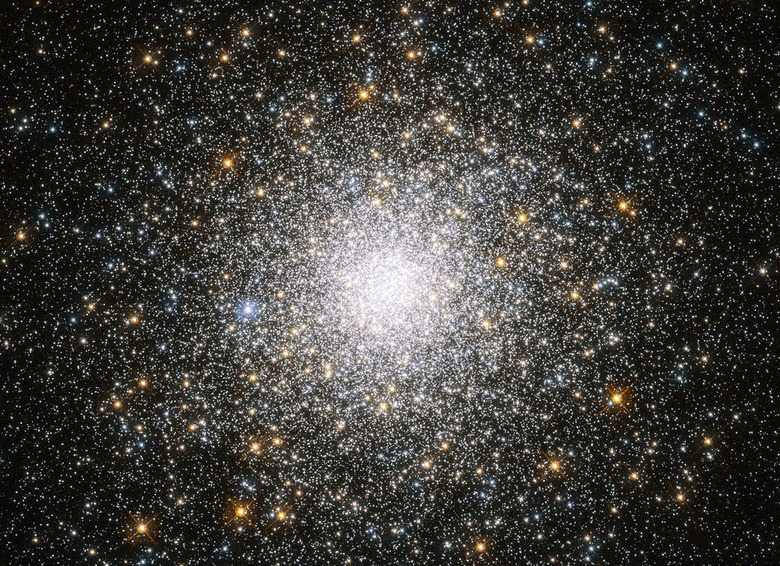You Can Catch A Rare Glimpse Of A Comet That's Speeding Toward Earth - Here's How
- A comet detected by NEOWISE called C/2020 F3 made a trip around the Sun after first being detected in late March.
- The comet made its trip near the star and is now bright enough for us to see from Earth.
- You can see it for yourself, and binoculars or a small telescope will make things very easy.
Skywatching enthusiasts have had plenty of reasons to gaze to the heavens this year already — if not out of sheer boredom, then for events like the partial lunar eclipse on the evening of July 4th, for example — but July is offering up yet another one. This time it's in the form of a comet that was only recently discovered.
First spotted back in late March, comet C/2020 F3 was detected by the Near-Earth Object Wide-field Infrared Survey Explorer (or NEOWISE, if you're into the whole brevity thing). Astronomers observed the comet as it sped toward the Sun for a flyby. Now it's back and brighter than ever, and there's a good chance you can see it this month.
After making its trip past the Sun, C/2020 F3 is bright enough that it can be observed with little more than a pair of binoculars, and will perhaps even be visible to the naked eye if you're fortunate enough. At first, it was totally invisible to all but the most powerful of telescopes, so it's a real treat that the rest of the skywatching populous can now enjoy its presence for themselves.
If you're hoping to spot the comet for yourself, you'll need to search the skies at specific times of the day. As EarthSky reports, spotting it in the early morning when the Sun is still below the horizon may be possible by gazing to the northeast. If you're lucky, you might see it barely poking above the horizon. These observations are currently possible, but your best bet might be to wait until July 12th.
On the 12th, the comet will be visible in the evenings by peering to the northwest. The comet will gradually appear higher and higher in the sky each evening following the 12th. It may be possible to spot the comet with the naked eye, but that's highly dependent on your viewing conditions. When trying to spot something near the horizon, light pollution can severely limit your ability to distinguish objects.
If you want the absolute best chance of gazing upon comet C/2020 F3 with your own eyes, you should at least have a pair of decent binoculars handy or, even better, a hobbyist telescope which will make things a whole lot easier.
Comets get their iconic appearance thanks to the heat of the Sun. Made up of a mixture of ice, rock, and various dust and debris, comets experience a phenomenon known as outgassing as heat from a star causes material on the comet to be converted to gas, creating what we see as the comet's "tail."
